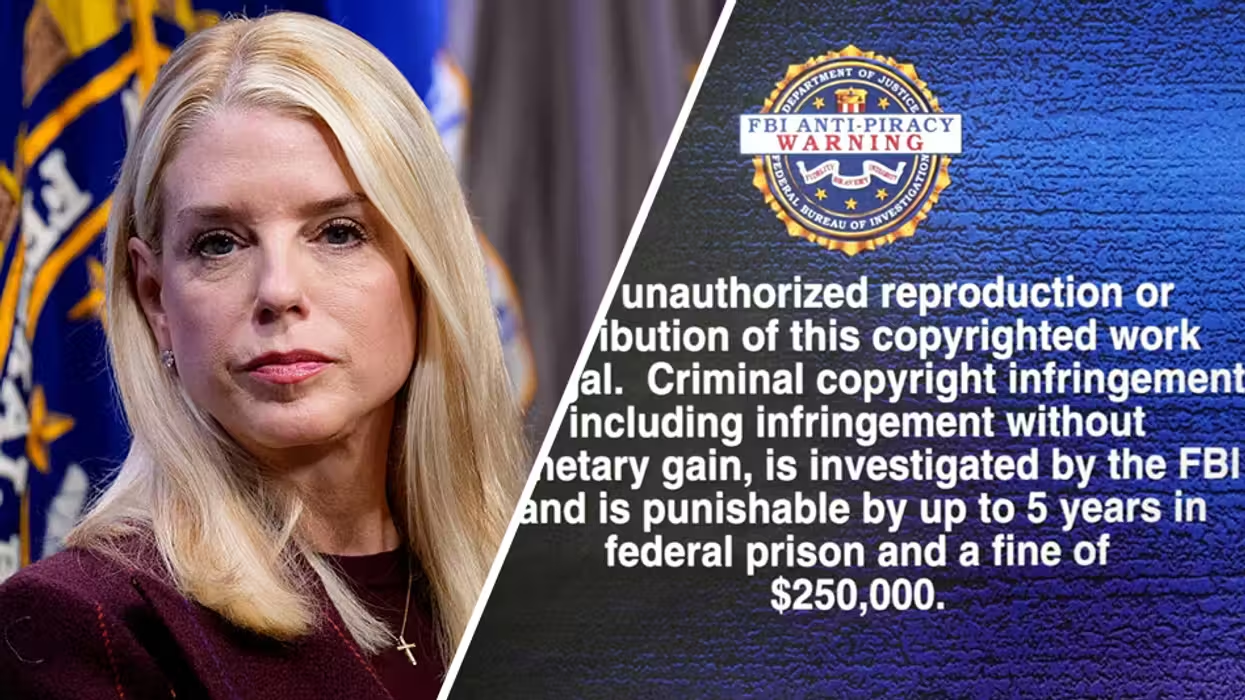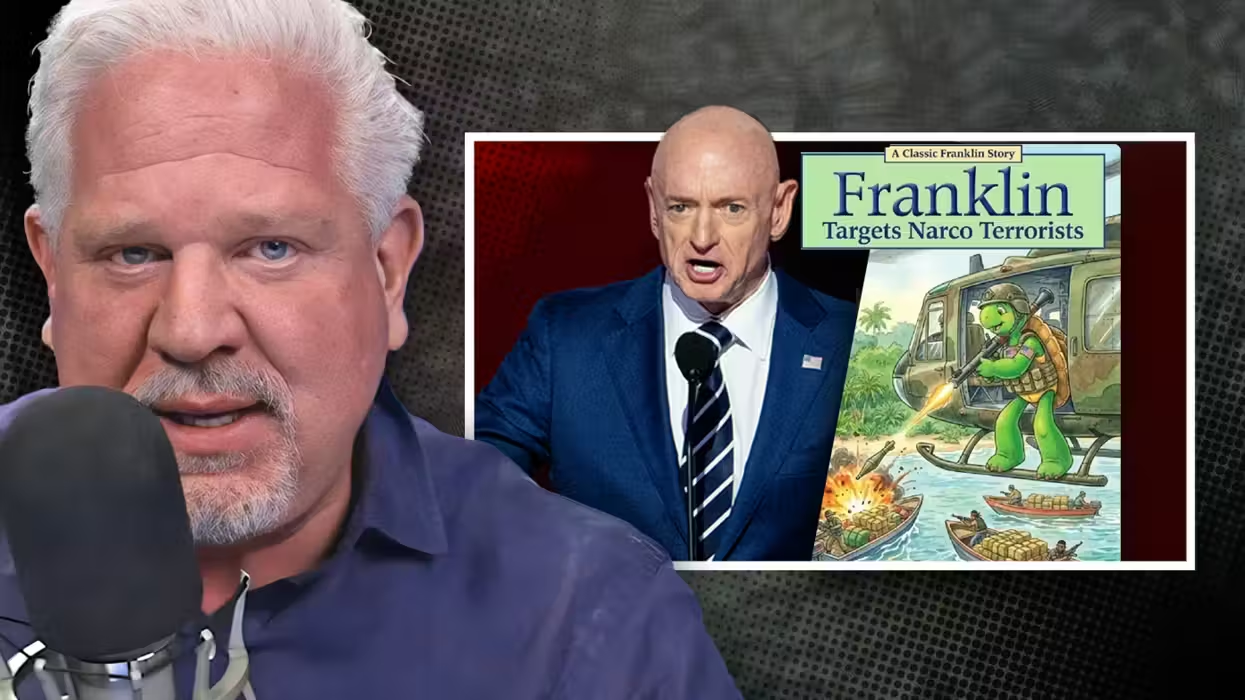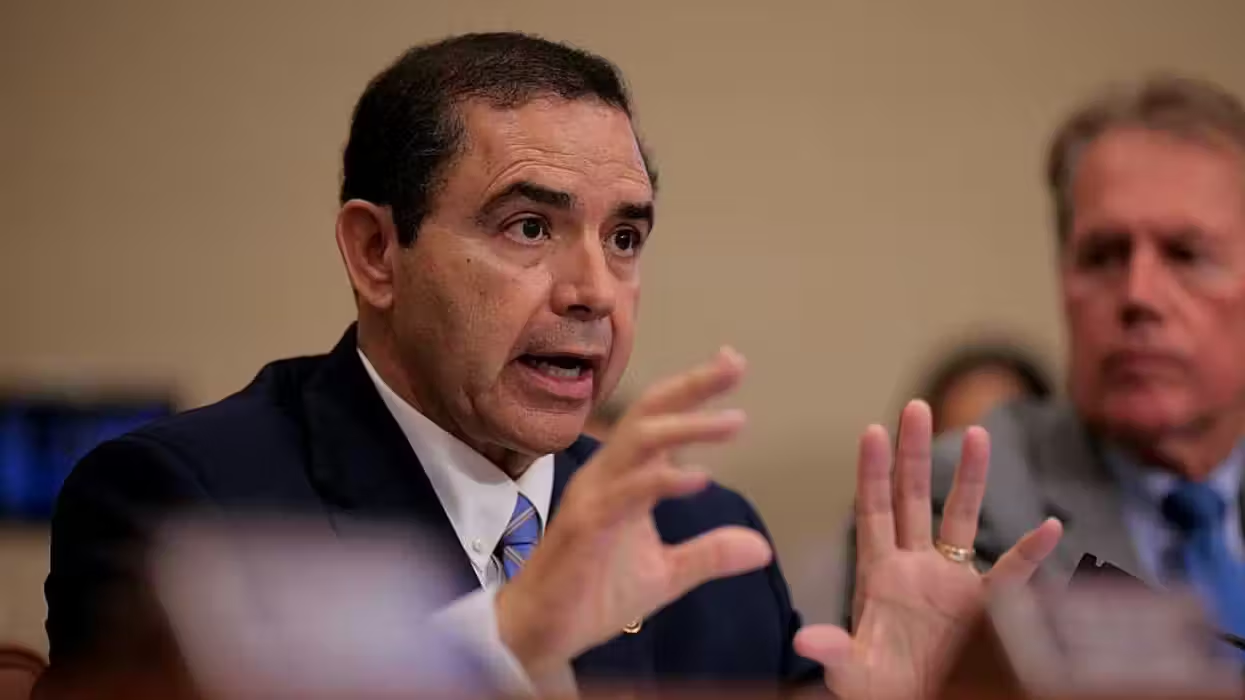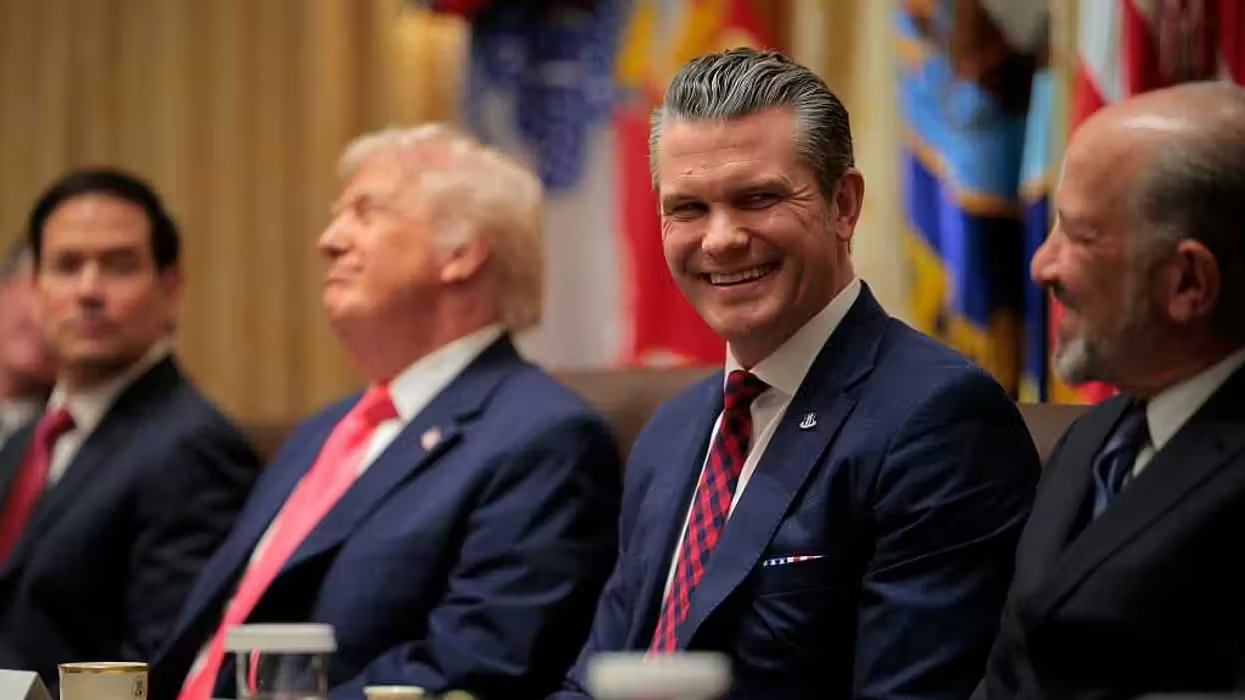
© 2025 Blaze Media LLC. All rights reserved.
"The capitalists will sell us the rope we hang them with." ~Vladimir Lenin
No government program designed to help the poor or disabled should be used to create a private monopoly cartel that hurts Americans. With that in mind, it’s easy to see why the absolute worst thing Republicans can do in health care is to funnel even more money into the insurance cartel to increase its stranglehold over the consumer. Yet that is exactly what they plan to do.
In addition to all the other favors Obamacare does for the insurance cartel, Republicans are working with Democrats to spend billions on a bailout “re-insurance” program. As Chris Jacobs observes, Obama already enacted such a program, and the same insurers owe the government billions of dollars. Paul Ryan and GOP leaders referred to it as the “great Obamacare heist,” yet now they are seeking to create a new heist, disregarding the previous bailout.
How Obamacare exacerbated the government-induced monopoly of the insurance cartel
By far, the most odious aspect of Obamacare on the insurance side was the insolvent regulations that tripled or even quadrupled premiums in some places. While paying for endless free stuff through subsidized exchanges and Medicaid for able-bodied adults, consumers and taxpayers were left with crushing costs. I’m often asked, if the regulations were so harmful, why did the insurance industry fight so hard against repealing them last year? The answer to that question lies in the core problem with health care that was exacerbated by Obamacare.
The patient is not the consumer in health care. The government and the insurance cartel are the consumer. Typically, if I want to go into business, I must offer a useful service at competitive pricing to attract customers. Until then, I start out with zero customers, zero revenue, and negative profits. Consumers are king.
When it comes to health care and health insurance, however, the cartel companies start off with 60 percent of their revenue coming directly from government programs. People forget that 74 percent of Medicaid and much of Medicare is managed by the cartel; they are not pure government programs such as TANF or food stamps. These programs are massive handouts to insurers as well as to hospitals. Most of the remaining “consumers” are also guaranteed to the cartel indirectly by the government, through the $300 billion tax exclusion for employers to purchase cartel insurance.
These policies, as well as a number of statutory favors and handouts, have tilted the playing field and the bargaining power to the insurance cartel. Obamacare merely stepped on the gas pedal through an enormous amount of Medicaid funds and “private” insurance subsidies to the cartel. Policymakers erroneously separate health care into two systems – public and private – but they fail to see that the private system is not really private and the public system is not fully government-run. The private system is heavily influenced, regulated, distorted, and subsidized by government, especially after Obamacare, while the public programs line the pockets of “private” entities. Thus, we are left with a system where the health insurance cartel controls health care and hospitals make a killing off these programs and price-fix with the insurers in a symbiotic relationship. The consumer is completely cut out.
Now we can understand why the cartel not only isn’t bothered by the Obamacare regulations, but downright need them. With the endless pre-Obamacare and post-Obamacare subsidies, they are flush with cash and have enough to cover the costs with the regulations. For example, they don’t care if the cost per average consumer is $5,000 a year and they charge $8,000 or if government regulations raise the cost to $20,000 and they charge $25,000. They don’t care if government raises the cost to $1 million. They will still get their margin of profit and pass the cost down to the non-subsidized individual consumer and the corporations for group plans (which in turn will bite into the paychecks of employees). At this point, the regulations are actually helpful, because they are so prohibitive that they ensure that no new innovator can enter the market and offer cheaper prices to consumers as the incumbent cartel puts the screws to them. The regulations mixed with the subsidies are a match made in heaven for the cartel while creating a living hell for consumers.
#mc_embed_signup{background:#fff; clear:left; font:14px}
/* Add your own MailChimp form style overrides in your site stylesheet or in this style block.
We recommend moving this block and the preceding CSS link to the HEAD of your HTML file. */
The cartel has every incentive to inflate costs
This is why insurers are making record profits, well outpacing the stock market, and their CEOs are getting bonuses despite the financial gravity-defying regulations. Sure, the regulations would instantaneously cripple the industry in a semi-functioning market, but when federal and state governments pump $1.6 trillion into the industry every year, the regulations serve as a fortification for their monopoly, while the subsidies are the nourishment. This is especially true with the “medical loss ratio,” the regulation that forces insurers to spend 80 percent of premium funds on health care expenses and no more than 20 percent on profit and bonuses. They get to inflate the charges, pass them down to the consumer and government, and then spend an even larger sum on big offices and bonuses. Then they can offer “discounts” off the over-inflated charges while also incentivizing providers to raise their charges. Everyone up and down the cartel wins, except for consumers who are not subsidized.
In addition to enriching the insurance cartel, Obamacare is helping the incumbent hospitals and pharmacies cement their monopoly and power over the consumer. Medicaid expansion has been such a cash cow to large hospitals that they are flush with cash to expand (which is why you always see construction at big urban hospitals) and are buying up private practices. Medicaid pays doctors who work for hospital conglomerates (even outside in-patient facilities) more for the same procedure than a doctor in private practice. That giant sucking sound you hear is the destruction of private practice in America. Now we are losing innovation and patient-centered care thanks to physicians who must practice for corporate masters who have deals with the government and the insurance cartel. In some cases, insurers are directly buying medical practices.
We are seeing the same thing with pharmacies. In Ohio, thanks to John Kasich’s aggressive Medicaid expansion, CVS has monopolized the Medicaid benefits-management system, which allows it to overcharge insurers, boost its profits, and put 165 retail pharmacies in the Buckeye State out of business. Spare us the biblical compassion and the virtue-signaling, John. You are lining the pockets of your friends. The only compassionate plan for Medicaid is to cut out the crony middle man and give the funds directly to those who truly need it in a structure similar to food stamps.
So why does the cartel want a bailout?
Now, people like John Kasich are lobbying Congress for a bailout, and Senate Health Committee chair Lamar Alexander is working overtime to make it happen. The amazing irony and hypocrisy in this debate is that the cartel is doing better than ever. On the one hand, they brag about how the exchanges are more stable than ever, but then they demand a bailout. The reality is that they are stable in the sense that government has created a profitable regulatory-subsidy scheme to keep their profits afloat, but they are unstable in the sense that the cost is crushing those not on the dole and the programs are destroying health care delivery and quality for those on and off the dole. A bailout is designed to close doors of escape for consumers and ensure they are trapped in the eventual collapse rather than building a new system while the insurance cartel burns down.
Therein lies the subterfuge behind the bailout lobby.
The cartel would be flying high forever if not for a few changes. While Republicans refused to repeal the core of Obamacare – regulations, subsidies, and Medicaid expansion – they did repeal the individual mandate, and Trump has begun to enact some free-market reforms administratively that will collectively weaken the monopoly of the cartel. Until Trump, there was no escape hatch from the crushing monopoly and uncontrollable price inflation. We were forced to purchase their product. Now, to the extent they continue squeezing the consumer, more individuals will opt out.
Furthermore, Trump will soon allow the re-emergence of short-term plans that are cheaper and unregulated to compete with the cartel. His expansion of association plans and offering more flexibility for employers to contribute tax-free funds to non-cartel products will help level the playing field between the cartel and alternatives for small business owners and corporations – where most of the consumers for health care (for better or worse) reside.
In that sense, the insurance cartel’s long-term monopoly is very unstable, which is why there is a political emergency to bail it out.
For Republicans to bail out the insurance cartel is not just a betrayal of their pledge to repeal Obamacare. It will exacerbate everything that was wrong with health care before Obamacare. And it will also elect Nancy Pelosi as speaker of the House.
Want to leave a tip?
We answer to you. Help keep our content free of advertisers and big tech censorship by leaving a tip today.
Want to join the conversation?
Already a subscriber?
Blaze Podcast Host
Daniel Horowitz is the host of “Conservative Review with Daniel Horowitz” and a senior editor for Blaze News.
RMConservative
Daniel Horowitz
Blaze Podcast Host
Daniel Horowitz is the host of “Conservative Review with Daniel Horowitz” and a senior editor for Blaze News.
@RMConservative →more stories
Sign up for the Blaze newsletter
By signing up, you agree to our Privacy Policy and Terms of Use, and agree to receive content that may sometimes include advertisements. You may opt out at any time.
Related Content
© 2025 Blaze Media LLC. All rights reserved.
Get the stories that matter most delivered directly to your inbox.
By signing up, you agree to our Privacy Policy and Terms of Use, and agree to receive content that may sometimes include advertisements. You may opt out at any time.






